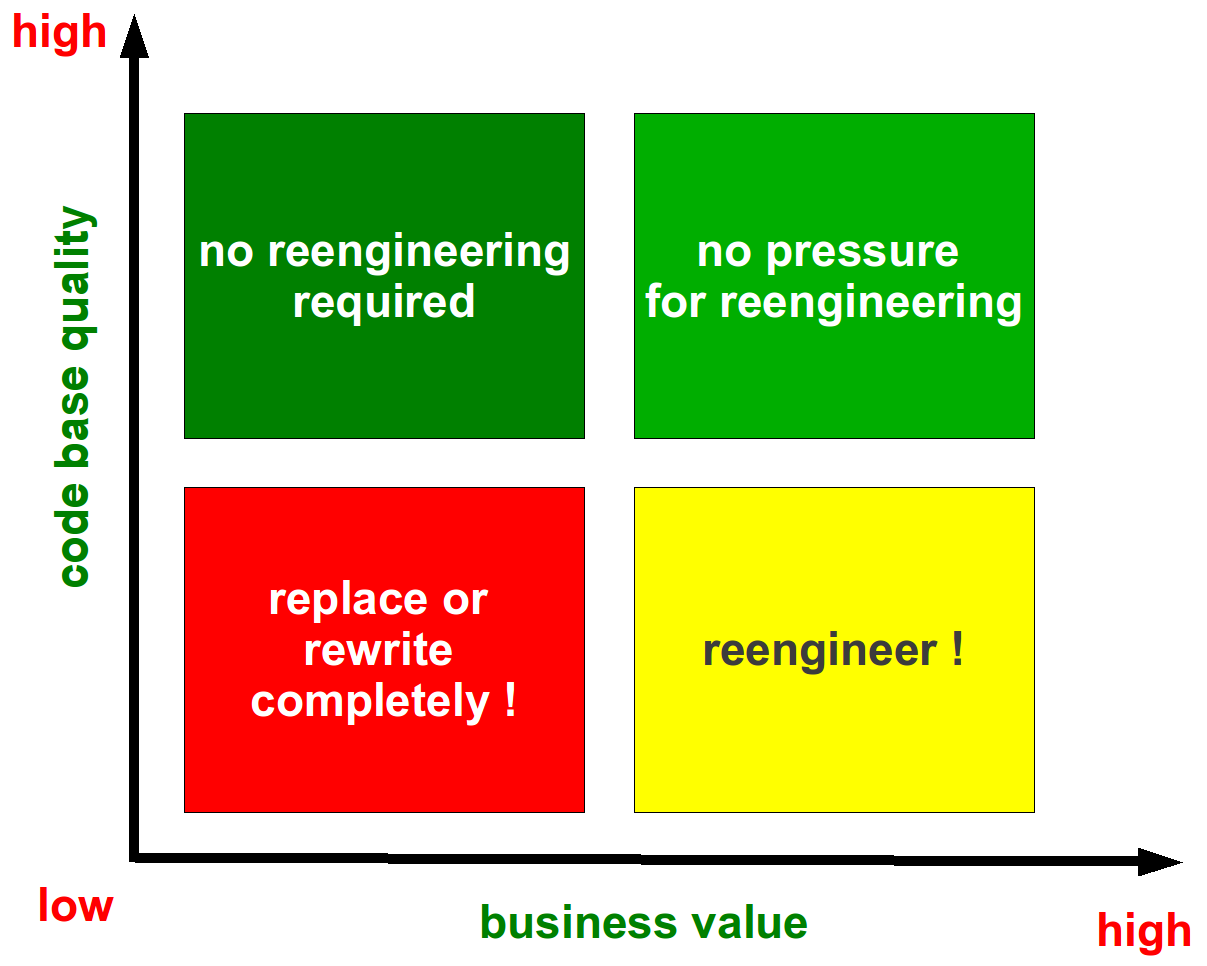I have been supporting a LOB winforms application for a client the last 3 years. The application is built with a simple monolithic architecture and uses .NET 2.0.
The application is a core part of their operations and its longevity is paramount. It needs to evolve with their evolving business processes, as well as implement improved functionality etc....this brings me to believe that this application needs an overhaul of sorts on the back-end.
The problem is changing a back-end is "invisible"...i.e. the user never actually sees it. It's a quality of the system that is changing (stability, maintainability, reliability, longevity), not some functional requirement that will be easily seen...i.e. the ROI is not obvious.
There is a lot of new functionality to be added to the front-end as well (user experience). I am considering a strategy of changing the back-end over time...i.e. when making a change or adding a feature to the front-end, change those components in the back-end that are affected, eventually you get to everything.
How do I convince the client that we need to rebuild the back-end?

